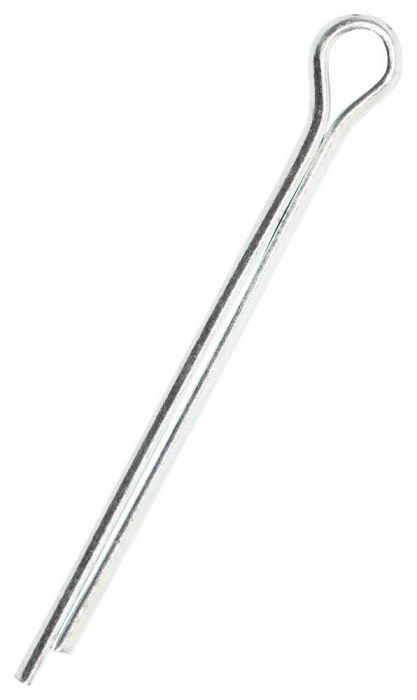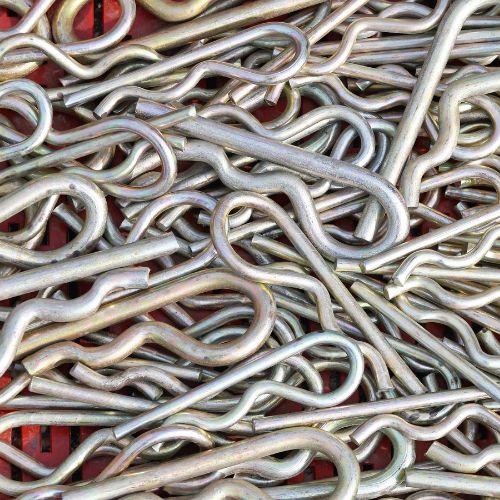Split Pins - Imperial - A4 Stainless Steel
Split pins, also known as cotter pins or split cotter pins, are a type of metal fastener used in engineering applications to hold nuts and other components in position.
Split pins are made from a heavy wire and are semi-circular in section. Each pin has two legs that are bent into position once the pin has been inserted – usually through a small hole in a shaft or a bolt.
To insert a split pin, offer the legs of the pin up to the hole in the component and tap the pin through until the head of the split pins meets resistance. Then grasp the legs of the pin and bend them outwards to lock the pin and component in position.
Imperial is a generic term used to describe threads that were in common use before the metric standard was adopted. Types of imperial threads include UNC, UNF, BSW, BSF, BA etc. Many of these thread types are still commonly used today.
A4 Stainless is often referred to as 316 or 18/10 stainless. As in A2 above, the numbers 18/10 refer to the chromium and nickel content- 18% chromium and 10% nickel. It is often used in marine or chemical environments as it has greater corrosion resistance than A2.
The chemical composition of both A2 and A4 stainless steel are almost identical with the most notable differences being the higher nickel content and the addition of Molybdenum in A4. Molybdenum is a silvery white metal that is highly corrosion resistant, very ductile and has an extremely high melting point.
There can also be Titanium present in A4 stainless at the option of the manufacturer.
Typically, A4 grade stainless steel costs slightly more than A2 because of its enhanced chemical and production properties. The extra cost can be justified, however, because hardware made of A4 stainless steel is extra resistant to tarnish and corrosion, enabling it to last a very long time.
This section of our guides and tips hub contains our growing list of helpful articles and videos about our wide range of pins and clips!






